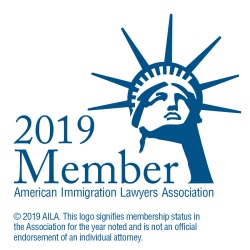All of my “Client” blog entries so far have endings. This one is still playing itself out but I am writing it now because it is an important story to tell.
“Diana” is fourteen years old. Like most other children, she has dealt with challenges in her life. I am imagining the challenges many of my readers faced by that age – final exams, not having the right clothes for the big party, losing a cellphone with important contact information.
Here are the challenges Diana has faced. She was born in El Salvador, the daughter of a gang member she never met, and a teenage mother. Diana’s mother had no way to earn a living, so after her own mother threw her out, she started renting Diana out to any man willing to pay to spend time with a very young girl. This went on for a couple of years, until Diana ran away from home. Her US citizen aunt in America had promised her that she would keep Diana safe from violence, if only Diana could get to America. Now Diana faced the challenge of how to pay the smuggler. The smuggler, a very helpful man, suggested that Diana could earn money for her journey with the skills her mother had taught her.
Diana made it to America after several months spent earning the smuggler’s fee, in El Salvador and all the way north through Mexico, and was promptly caught by immigration agents. Her aunt bonded her out of detention and brought her home to Prince William County, Virginia. The aunt is willing and able to support Diana emotionally and financially. Diana is eligible for “Special Immigrant Juvenile Status,” (SIJS) which is a procedure through which children who have been “abused, abandoned or neglected” by their parents can become lawful permanent residents of the United States. Congress has written these laws to protect the most vulnerable among us.
Diana’s case sounds like a slam dunk, right? She has been “abused, abandoned and neglected,” by any definition one could write. But Diana faces a huge obstacle, one which we are not sure we can overcome. Before she can apply to US Citizenship and Immigration Services for SIJS, she needs a court order, not only giving guardianship to her aunt, but also making the specific finding that she has been “abused, abandoned or neglected” by her parents. We have learned that the judges in certain parts of Virginia are reluctant to make these formal findings in potential SIJS cases, not wishing to interject themselves into the immigration process. Never mind that they make these findings on behalf of American children all the time.
We are cautiously optimistic that Diana’s very compelling case will be among the first to overcome one of these judges’ reluctance to act. I hope to update this blog entry in the next few months with the news that Diana has finally found the refuge that she has needed since birth.
I have included some video snapshots from AILA members on the ground of Artesia describing how others like Diana are being treated by “the system” when they are caught crossing the southern border:





